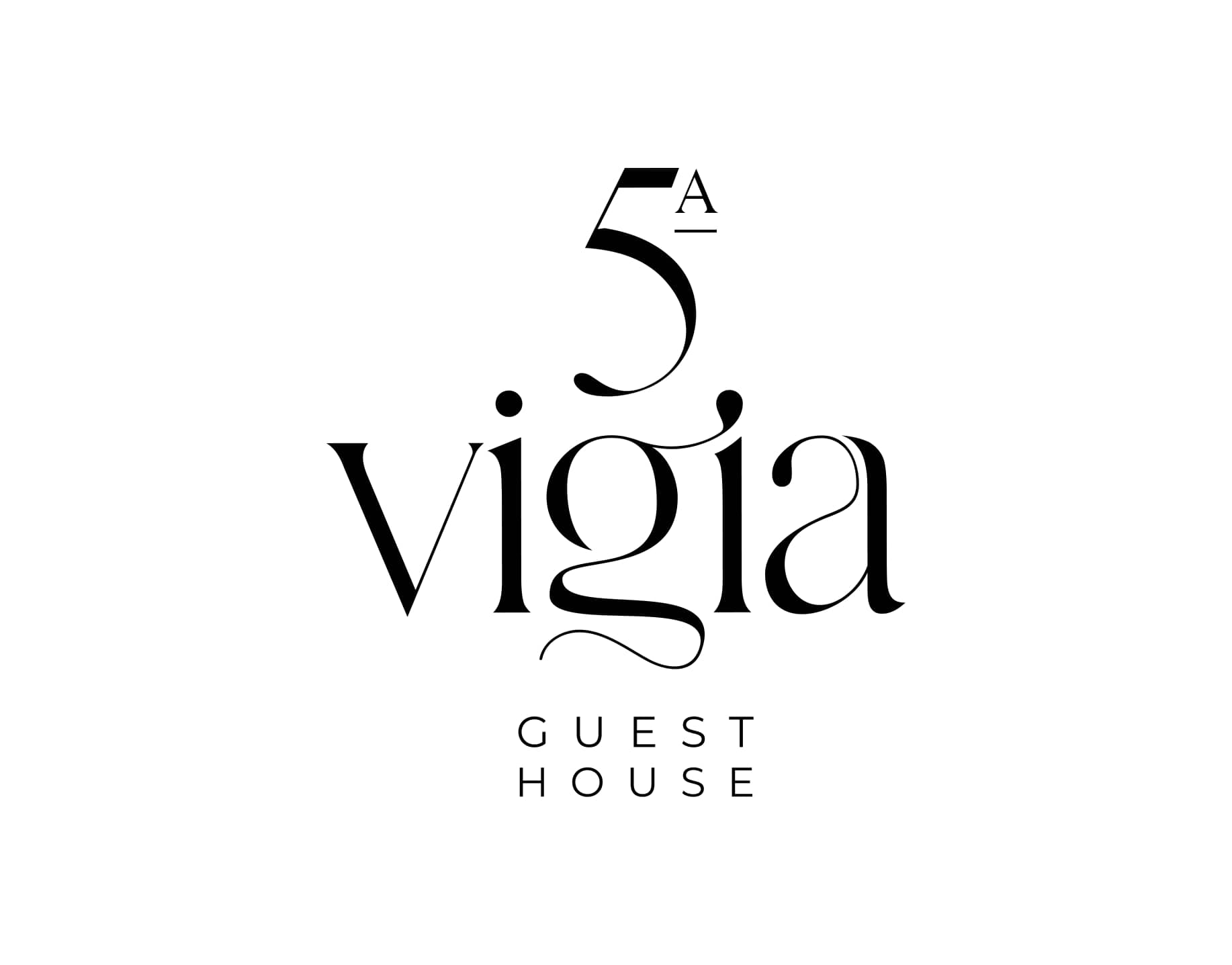
About the 5ª Vigia
A few meters from the Porto de Mós Castle, the new hotel project 5ª Vigia Hotel is born in the center of the town, composed by 8 suites with capacity up to 23 guests and a restaurant with capacity up to 140 seats.
This project, inserted in the Almirante Victor Trigueiros Crespo park, was thought in a sustainable way and in perfect balance with the surrounding environment, privileging the view to the castle and all the life of Porto de Mós. This new project is right next to the bridge over the Lena river that gives access to the village.
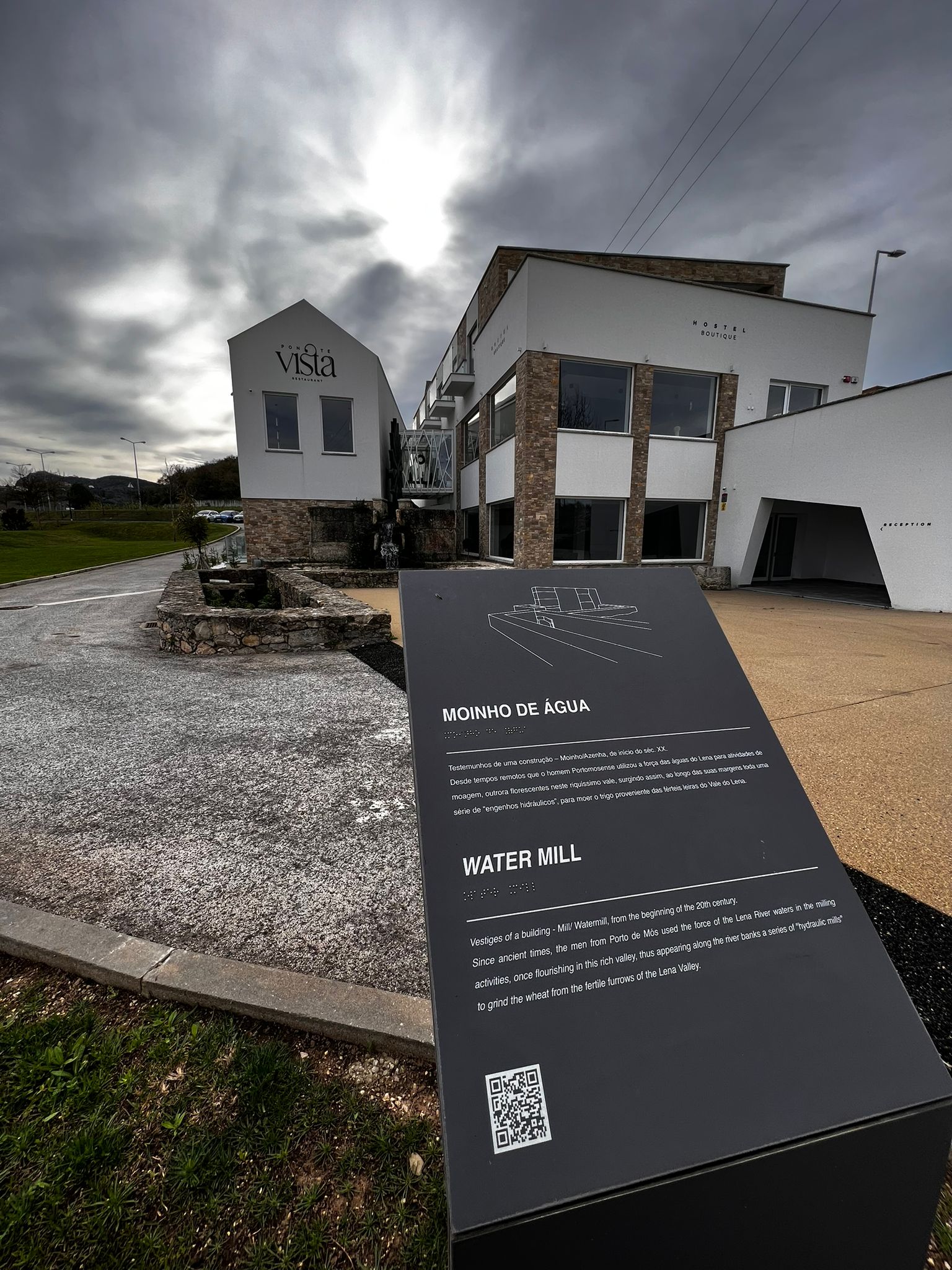
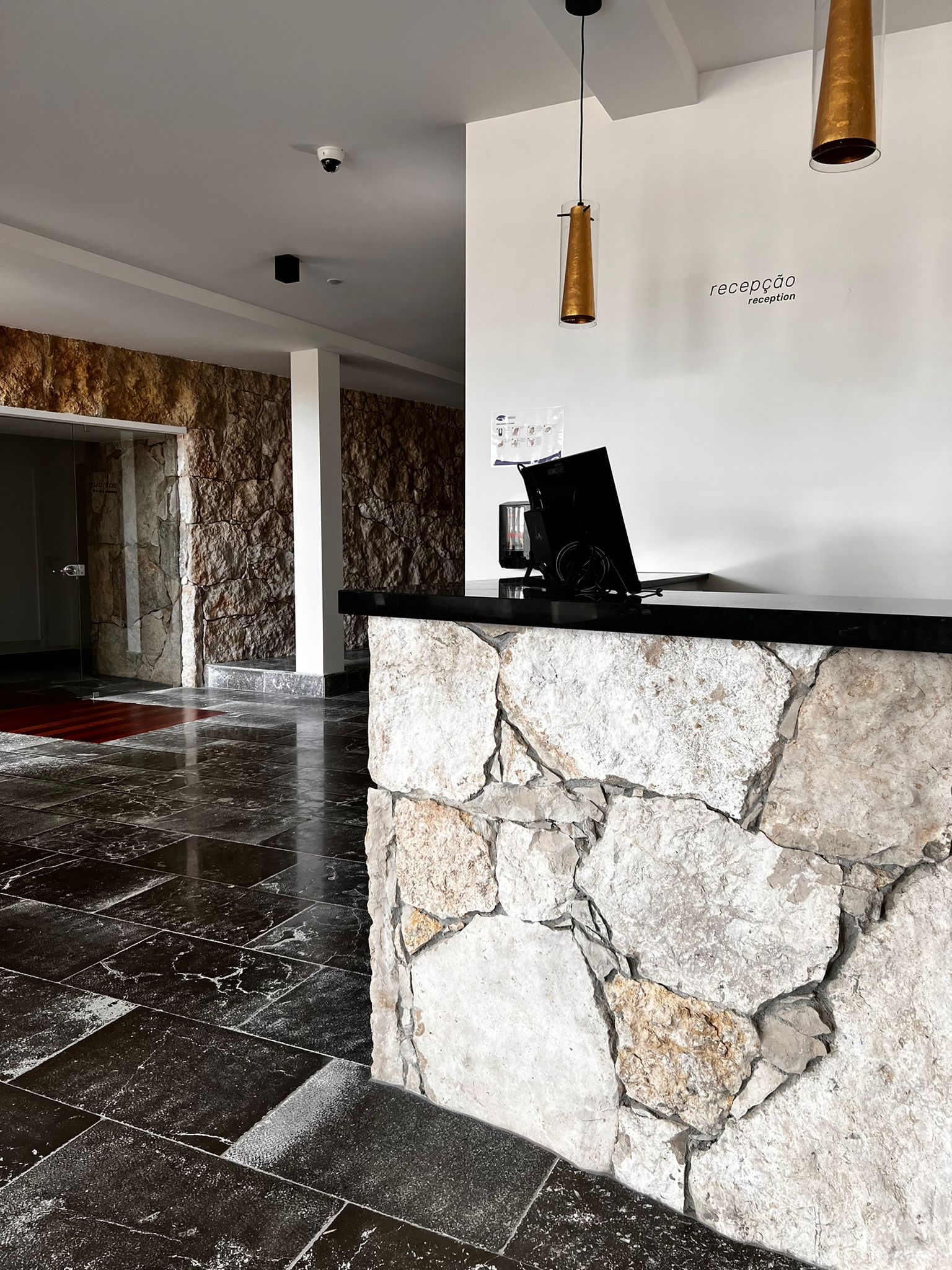
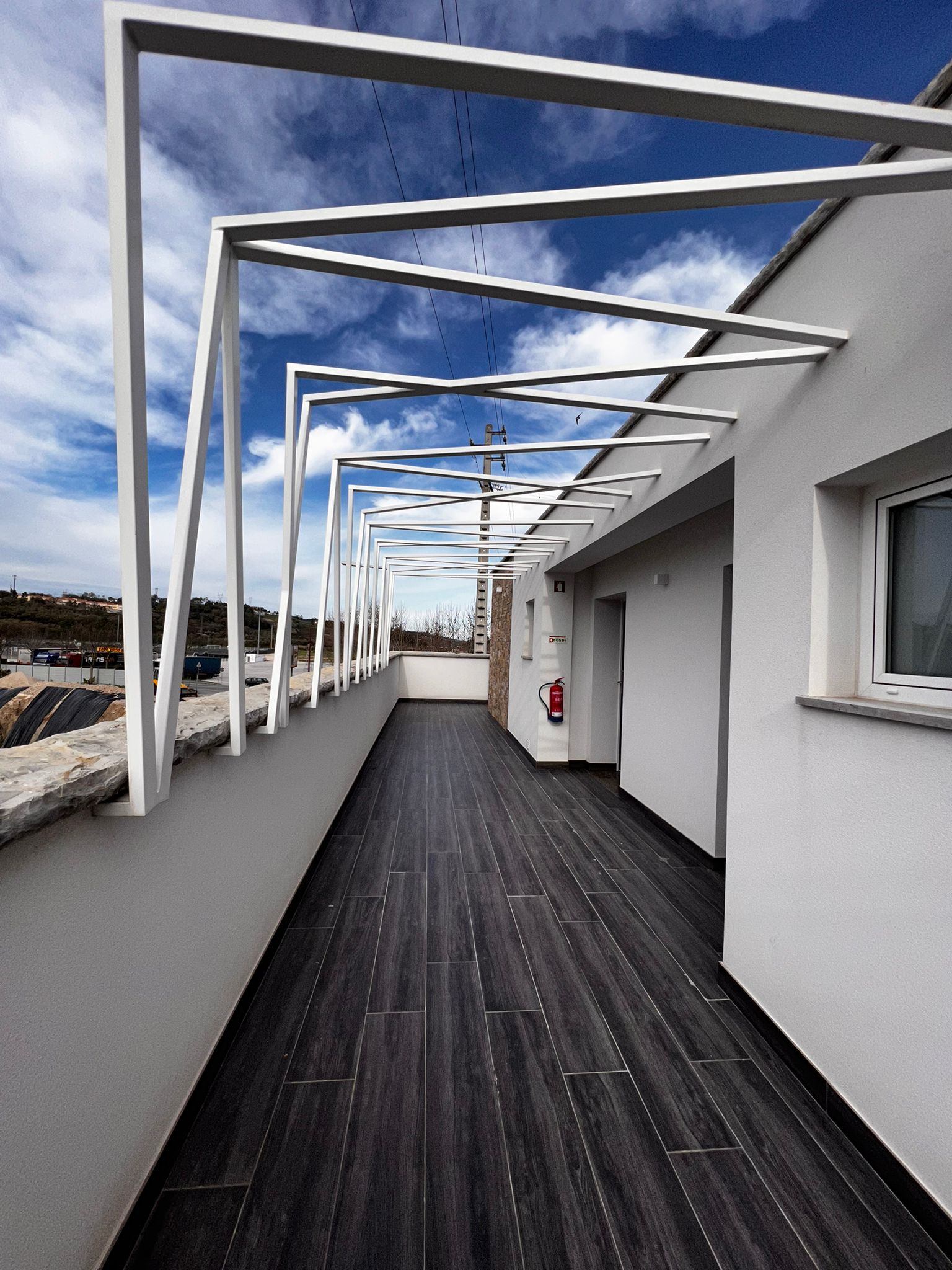
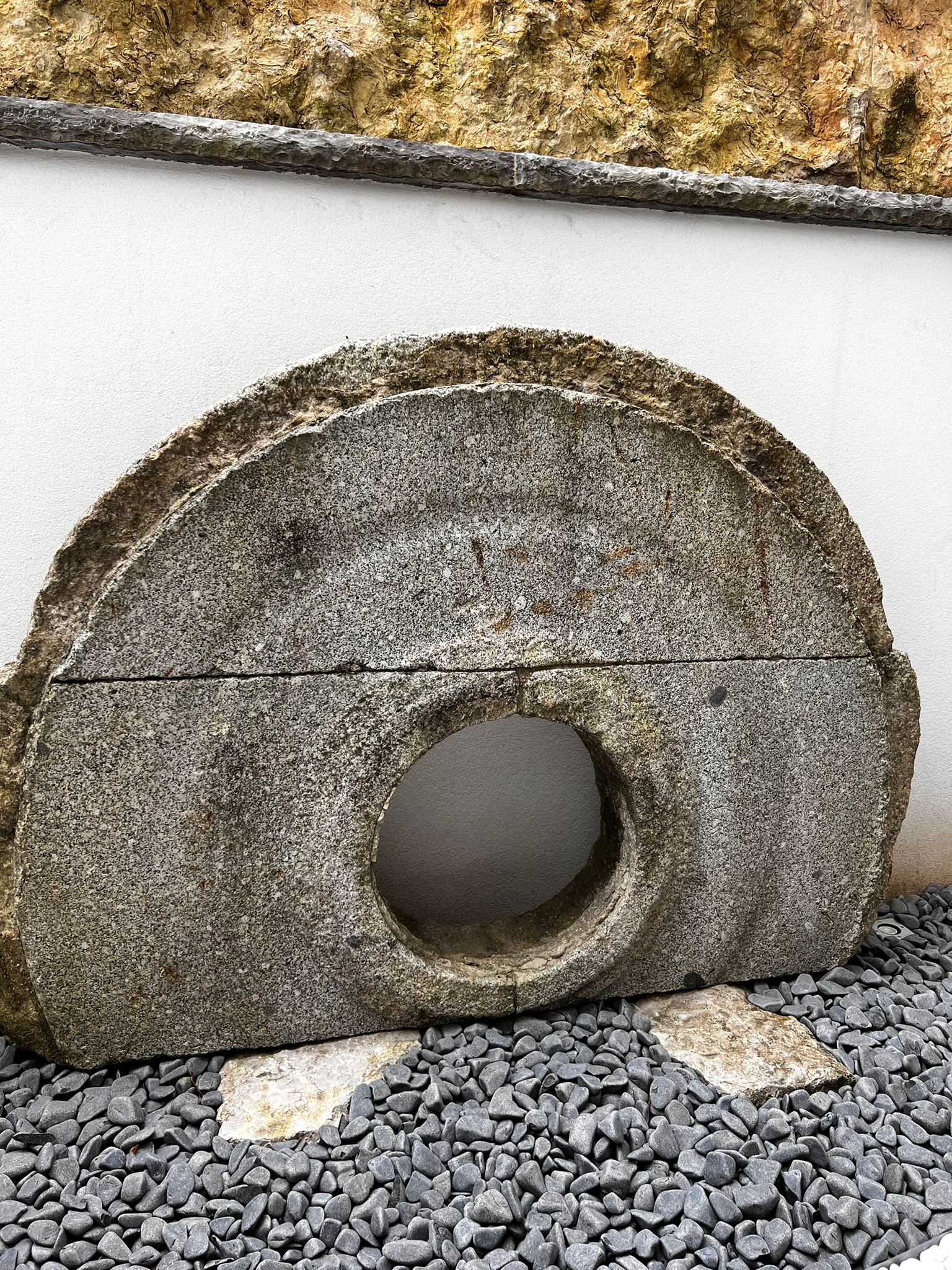
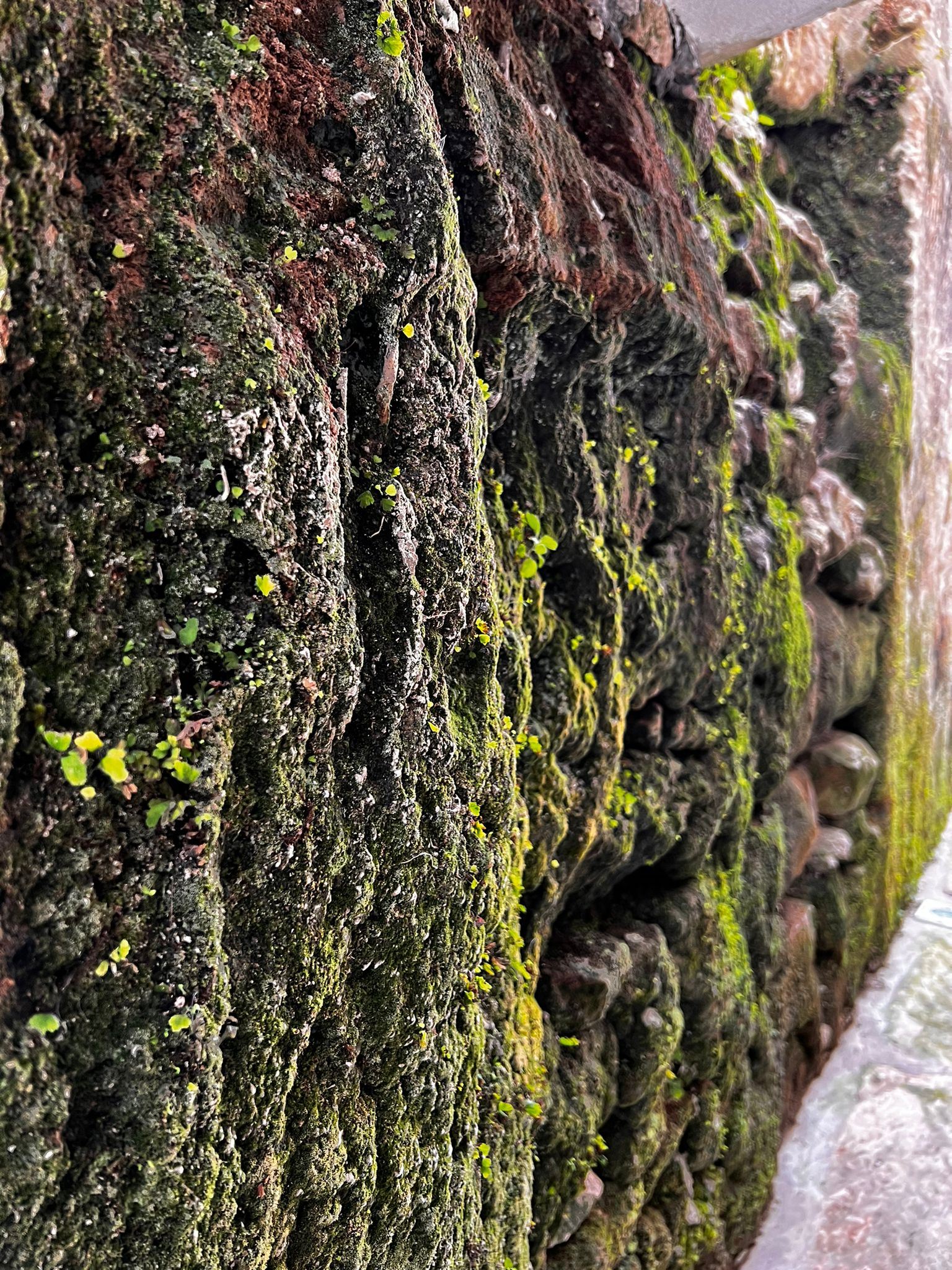
About 5Vigia
A charming local accommodation hotel consisting of 8 rooms with capacity for 23 people, which presents a value proposition based on ease of accommodation and accessibility to all. With unparalleled quality in the finishings and materials, this new Boutique hotel stands out for its view, as well as the luxury services included, such as hydromassage shower.
Aimed at nature sports tourists and rural tourism for families looking for the countryside near the city. It is located in the center of the historic triangle of Fátima, Alcobaça/Nazaré and Batalha.
An average ticket/night is €80/2 people with continental breakfast included.
About the Restaurant
The first true restaurant in Porto de Mós. The matrix is the Portuguese cuisine from an author's vision where the menu presents a reinterpretation of local gastronomy and meat assumes the main role.
A cozy restaurant for families and the corporate segment (lunches). The average ticket/person is 19€.
About Porto de Mós
Portus de Molis was born more than 2000 years ago. From the time when the Lena River was navigable and the Roman rafts embarked here the millstones, carved in the Figueiredo Quarry and, later, the iron from the mines of Alqueidão da Serra.
The castle, conquered by D. Afonso Henriques from the Moors in 1148 and where the legendary D. Fuas Roupinho was its first mayor.
The quadrangular plan of the castle defines four towers to which D. Afonso - Conde de Ourém gave in 1450 the palatial features that made it one of the most beautiful castles in Portugal. However the original plan of the castle had 5 watchtowers.

The Perfect Observatory
The location of the new project is preponderant in the definition of the value proposition. A 360º view is possible from different points without having to leave the same space.
Right next to the new space is the access bridge to the town of Porto de Mós. It is on this bridge that we get the best view of the castle.

Military Strategy
Between the Aire and Candeeiros Mountains is the new Hotel project. A view from the outside, the alcaide D. Fuas Roupinho drew a unique military strategy in combat. He abandoned the Castle of Porto de Mós, and by guarding it, he allowed the Muslim troops to invade and laid siege to them.

From Outside in
With a 360º view of the Vila Forte, the new hotel acquires the same view as D. Fuas Roupinho did during the military onslaught against the Muslim troops. Its strategic position replaces the fifth tower of Porto de Mós Castle. Watching it from the right distance and laying siege to the Muslim military.

The 5th Empire
A 17th century belief where he places the I Gold Age (Assyrians), the II Silver (Persians), the III Bronze (Greeks), the IV Earth (Romans) and the V Stone (Portuguese).
Fernado Pessoa in his work Mensagem refers that the "intense patriotic suffering" leads him to foresee an empire that is beyond the material.
In the poem "The Fifth Empire," he states, "Greece, Rome, Christendom, / Europe - the four are going / Where all the age is going. / Who will live the truth / That D. Sebastião died?"

Nº 5
In Rua da Boavista nº5 we find the most prestigious of the lookouts. The one that, at the gates of the town, with a 360 vision, can watch over a castle and the surrounding mountains.

Farm/Warehouse
Legend has it that in the past, this entire lower part of the town of Porto de Mós was a large property. A farm with a warehouse of cereals, olive oil, wine and fruit.

The 5 Elements
Wood, Fire, Earth, Metal and Water. These are the five basic elements of the new project. Always respecting environmental sustainability and the ecosystem where it is located.